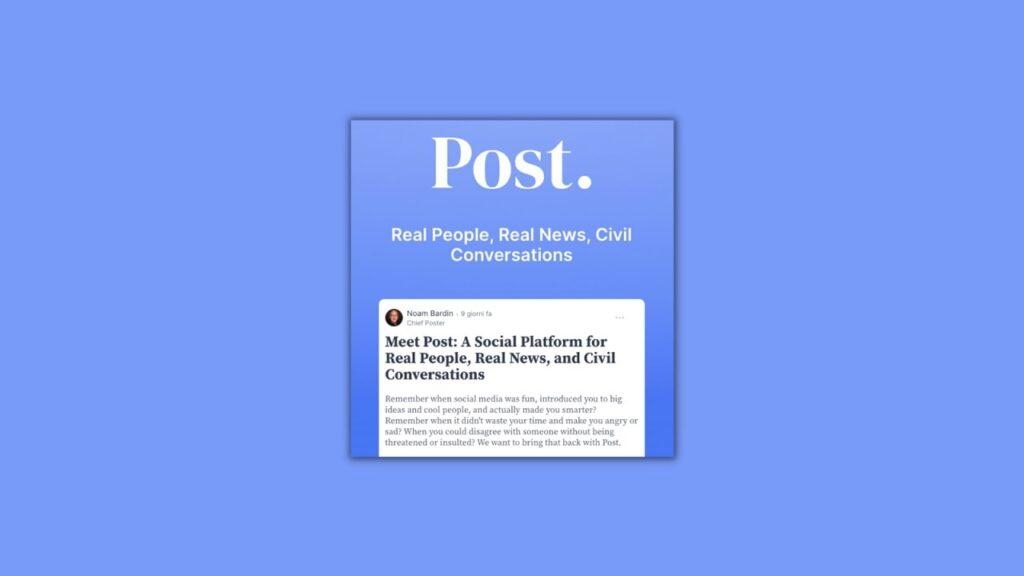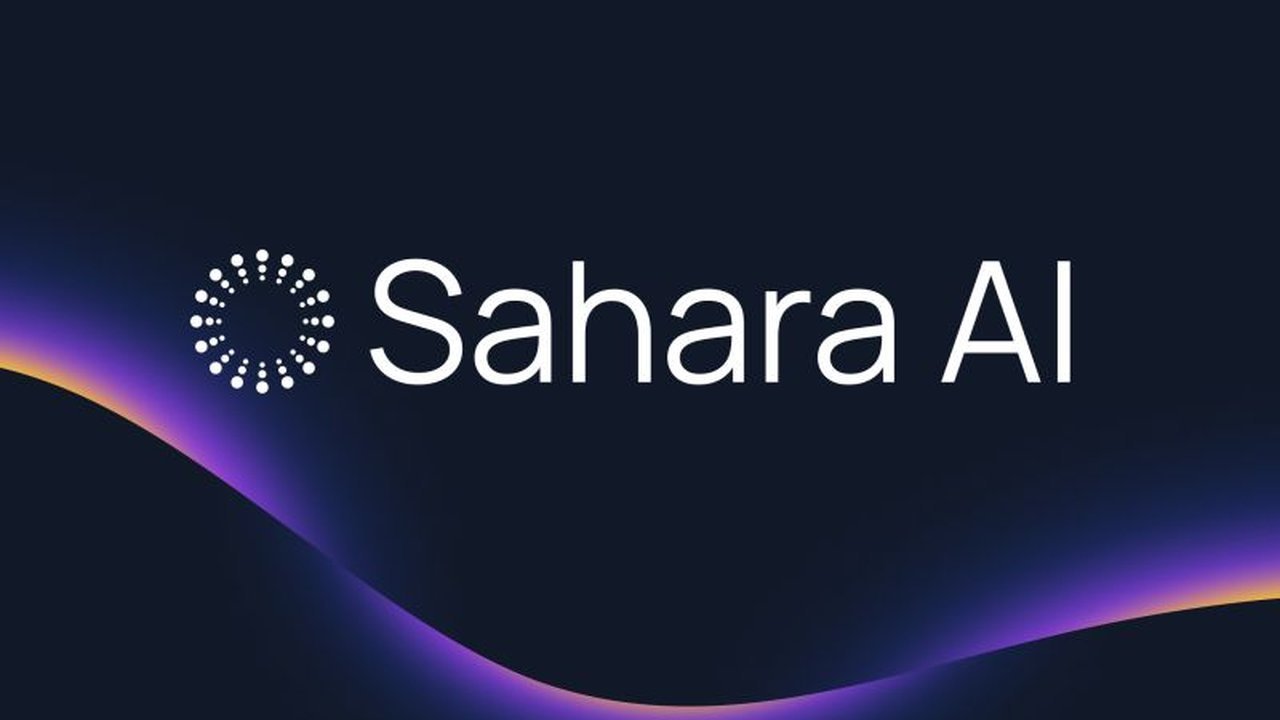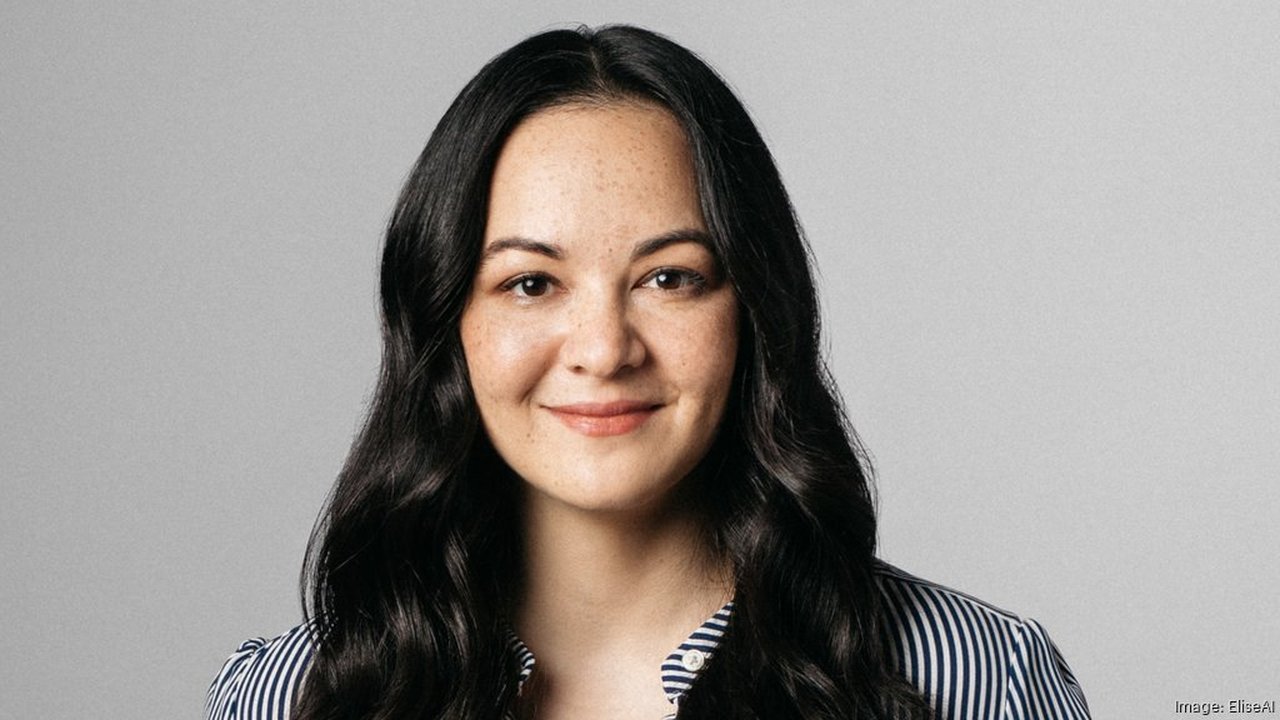The platform aims to revolutionize the way publishers engage with their audiences and monetize their content. Post, a new social media platform, has launched public. The startup, which gained momentum after Elon Musk's acquisition of Twitter, is not your average Twitter clone. Instead, Post wants to develop a platform where publishers can monetize micropayments and users pay a small amount of money to read individual news stories.
Noam Bardin, founder and CEO of Post, who was previously CEO of Waze at Google, explains that Post's co-publishers have already discovered that users want to read news in their own feed rather than jump to external websites. Even if it costs more to do so, users may be willing to pay for a better user experience without being bombarded by ads, email capture forms and subscriptions.
Also See: How Much Money Can A Startup Raise from Investors?
"Post"

Bardin says that in talking to publishers, they generally agreed with the startup's thesis that the current subscription structure outside of The New York Times and The Wall Street Journal was not good for publishers. They acknowledged that website traffic from social media posts often doesn't convert visitors into subscribers, and that subscribers are only a fraction of their broader readership.
The Post's website first launched in November 2022 as a closed beta that reached 650,000 people on a waiting list. Today, the company has 25 premium publishers. As well as hundreds of publishers in various stages. Some, like local news publishers, are waiting for additional functionality to be added to the platform.
Bardin claims that the average CPMs that publishers receive from the Post platform is $25 for a paid post. The highest article received a CPM of $300. However, he adds that publishers get an average CPM of US$1.30 from their free posts through donations and tips.
Bardin does not share figures on Post's current active user base. However, he says that when they ran out of the 50 free points gifted during registration, 80 percent of them entered their credit card details to buy more. That's a promising figure, but it's still early days for this initiative. Twitter, after all, has never gained mass market appeal. Twitter alternatives have an even tougher hill to climb when trying to attract a mainstream user base.





No comments yet for this news, be the first one!...